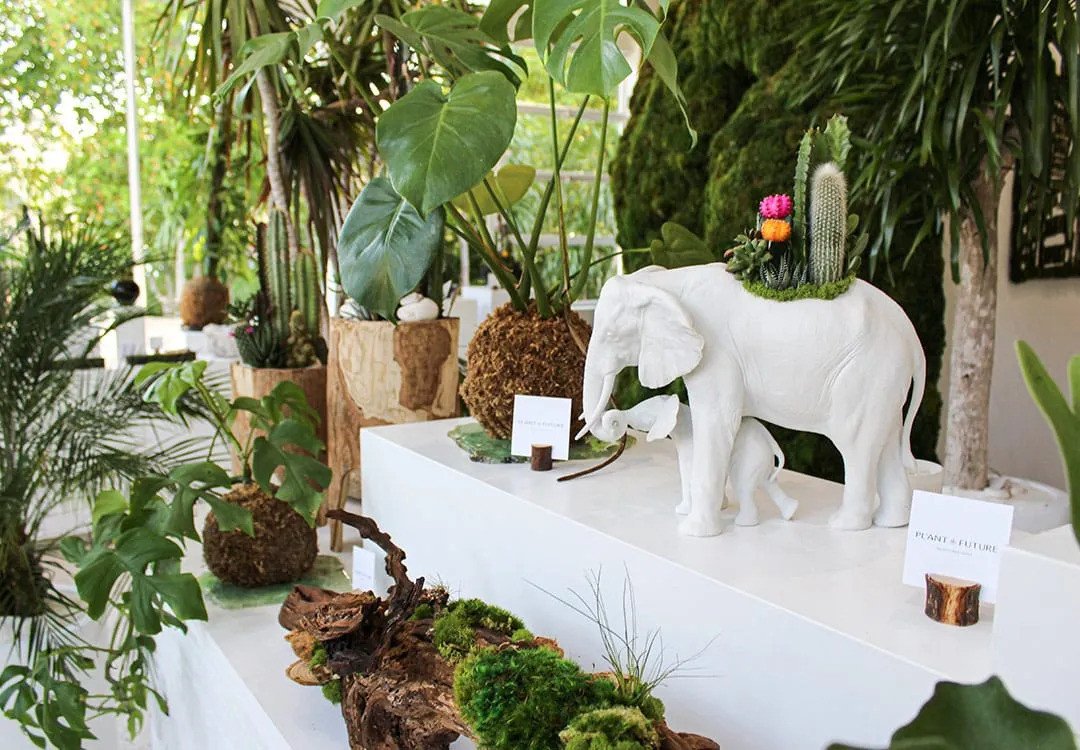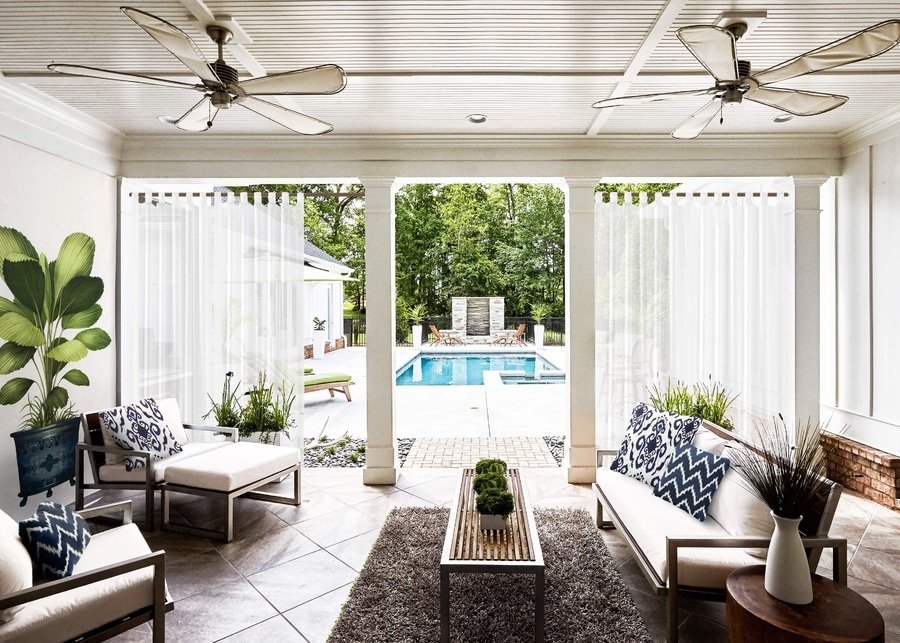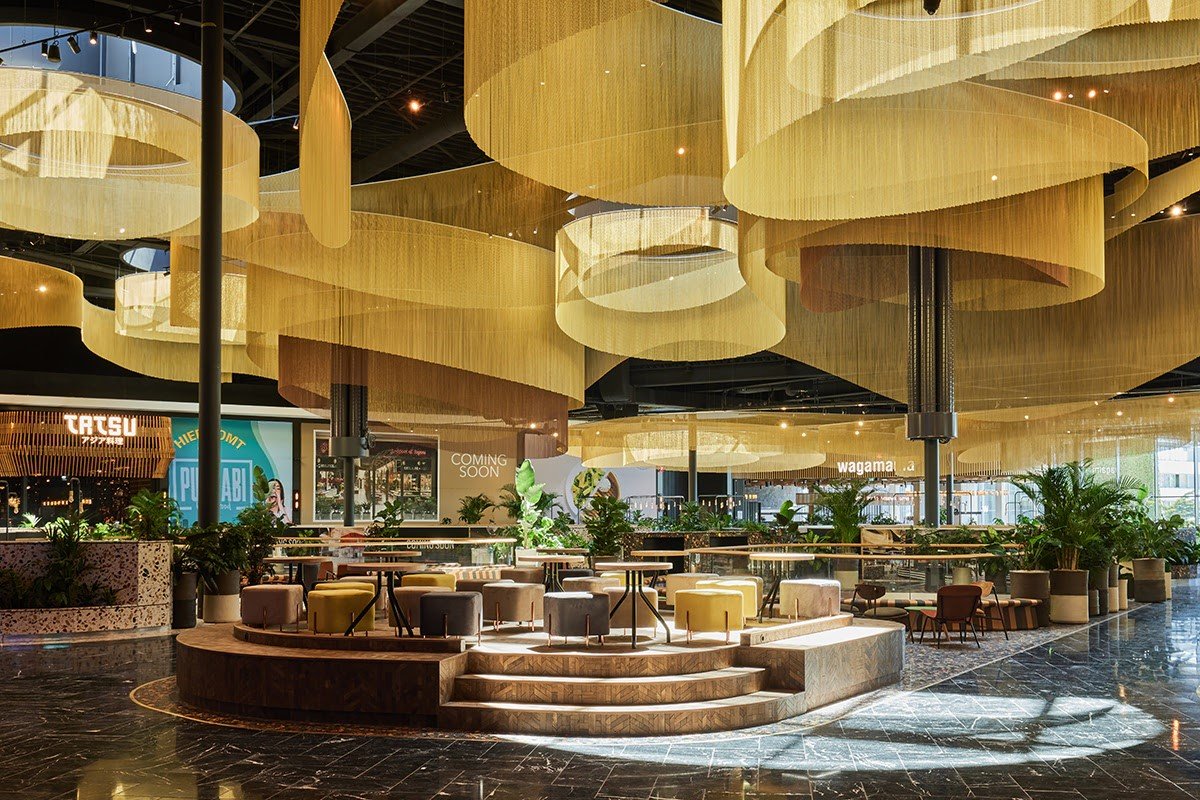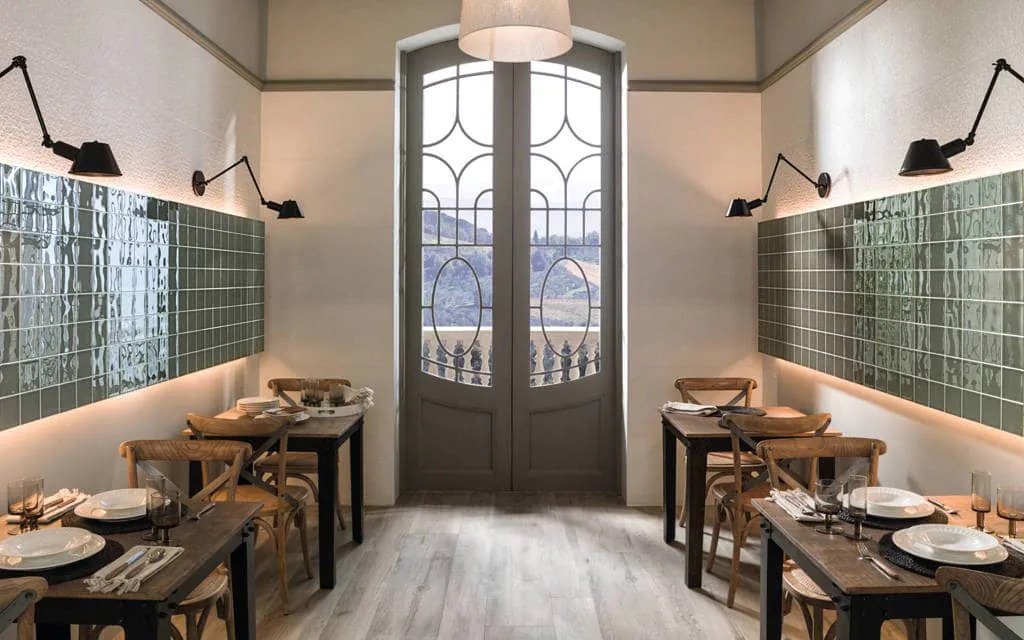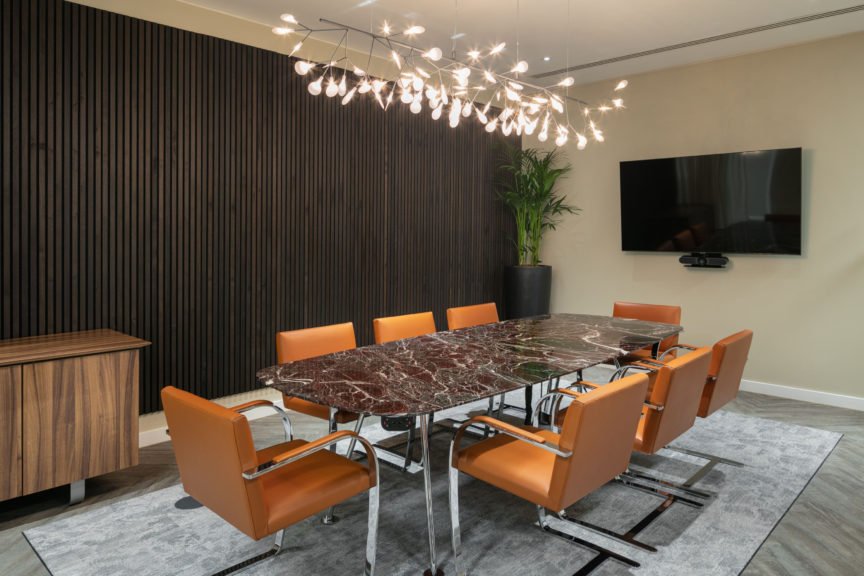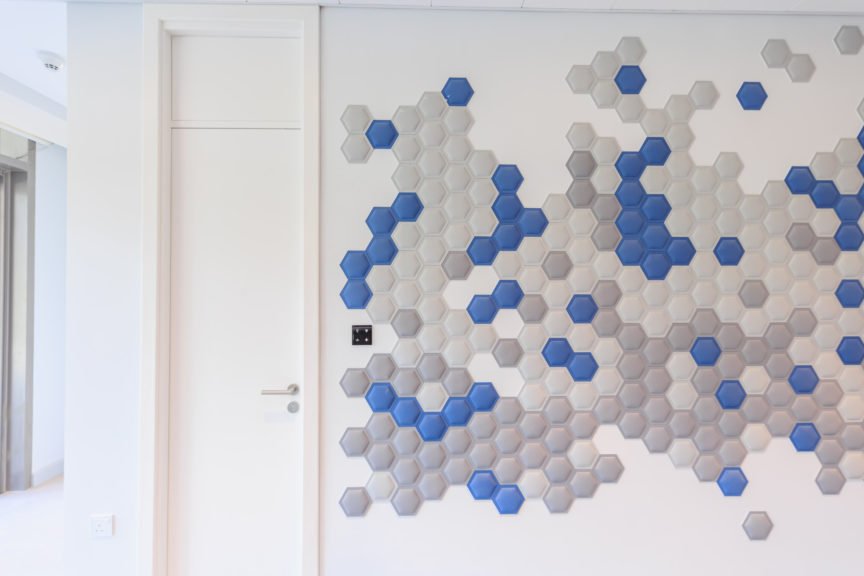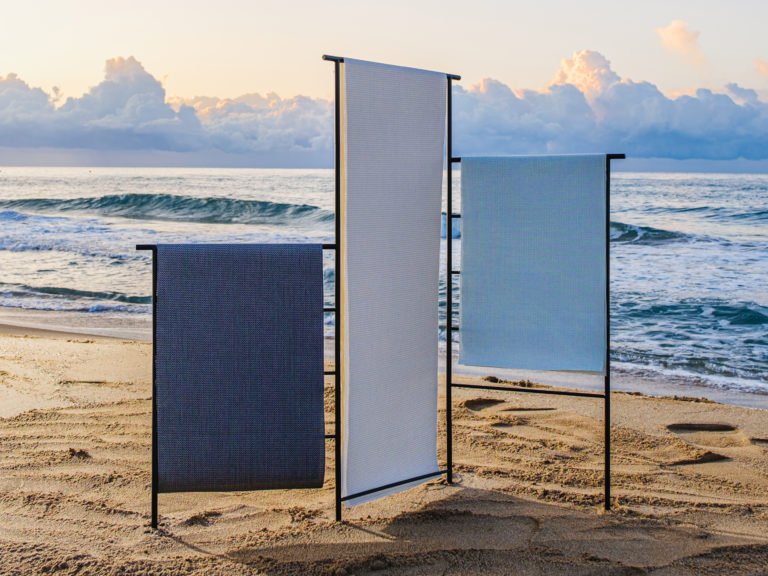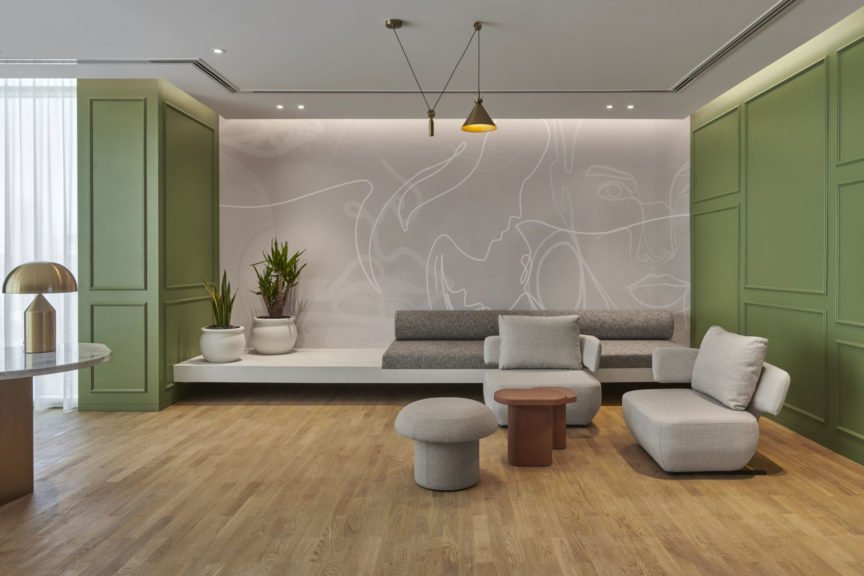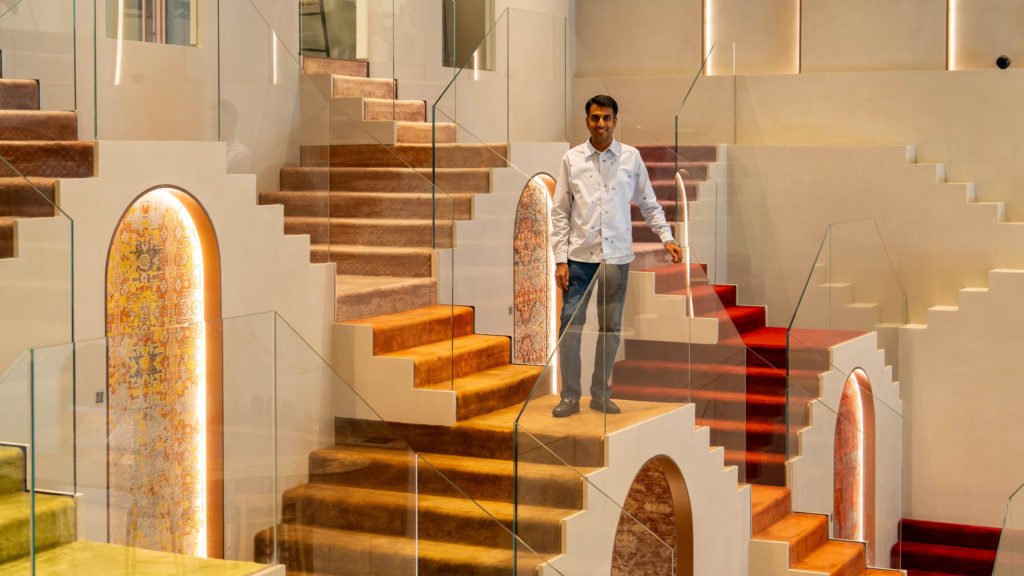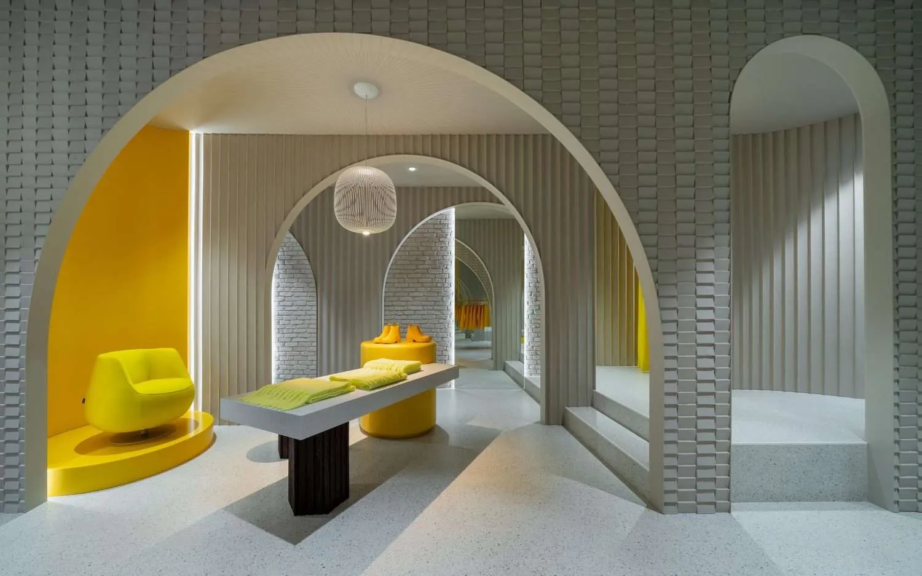“The best rooms have something to say about the people who live in them”, ‘the rebellious prince of English decor’, interior designer David Hicks, would say.
A shining example of this is Spanish interior design – an aesthetic sharply influenced by the origin, culture and preferences of its people. Painted and patterned tiles, stucco walls, terracotta flooring, and the overall breezy yet detailed design planning have each element flaunting its beauty with utmost grace. But what does this have to do with well-being?
Afterall, well-being, by definition, is ‘the state of being comfortable, healthy, or happy.’ And what can entice those feelings more than being in a space that is an extension of one’s identity?
The Concept of Well-Being
While well-being itself is not a novel or revolutionary concept, the experience of being cooped up in space has catalysed its demand in the interior design world. Usually, the term is brought up when there is a defined indoor-outdoor connection, optimal quality of light and ventilation, or the use of natural materials and textures.
Well-being may be all of those things – but it is also introducing comfort through seamless functionality and ease of usability. Most unpopularly – it is also designing for personalisation – either for a person (homes or bedrooms) or the role of space (offices, restaurants, or hotels).
To oversimplify, there are two sides of well-being. One is a creative flair that invites and comforts a user; the other is such functional intuitiveness that one can move through the space and use the products in it instinctively.
Well-Being in Design: Assigning an Identity
Art has long been used to articulate the unspoken. Whether it be cultural shifts or political turmoil, historically, an artist’s canvas is the first record of it. Art is a subconscious marker of psychological comfort that translates into dimensions, colours, and fabrics. Even with these seemingly insignificant strokes, we submit to a sense of belonging with art within the space.
Often when one thinks of artful interventions in interiors, one thinks of sculptures, and when one thinks of sculptures – one thinks of Lladró. The formidable Spanish brand with the most luxurious covetables believes in imbuing well-being by establishing an incontestable identity in a space.
Cristina Egido, MKT Global Director at Lladró, explains, “In the first instance, our creations make us dream, imagine, move; they are proposals that link with well-being. We see it in many proposals, as in the Plant the Future collection, a series of planters we worked on with Paloma Teppa as a tribute to biophilia. Or in the latest collection with Jaime Hayon, Embraced, a character that embraces himself, tells us about the importance of self-care. On the other hand, without a doubt, what makes us doubly attractive is the material we work with, porcelain, the artisanal processes we follow, and the exceptional quality of our work. Thus, we design sculptures, lighting or jewellery with an identity that reflects the values of a craft and a lifestyle that respects the environment, combining tradition and innovation.”
Tactility is yet another crucial aspect of deploying comfort through character. For instance, when it comes to fabrics, yards of colour and prints may be laid out in front of somebody, yet what dictates its impression is the first contact with it. One may not be able to pinpoint the details, like the types of threads or the knitting pattern, with the first touch; however, that brief rustle against is lasting.
Equipo DRT, one of the stalwart brands in foreseeing market trends when it comes to fabrics, realises this and works to improvise the technicalities of the textures. Arantxa Porter, Marketing Manager at Equipo DRT, explains, “We perceive textile as part of a whole. Curtains and upholstery are always a technical and stylish solution for well-being in living rooms, bedrooms, and offices. We like to design our fabrics thinking about light, privacy, the type of thread, the colours, from the options of ecological fabrics. From linen fabrics and natural fibres to performance options where technical resistance prevails, we always want to bring a Mediterranean touch. One of our latest proposals, ‘Atlas’ curtain fabric, is a perfect example of how light and fabric can impart character to a space.”
One common denominator of assigning a space an identity is customisation. A personalised space is effortlessly therapeutic and endlessly unique. The stellar brand Kriskadecor is a paragon of this philosophy. The uncountable times a space has transformed thanks to the made-to-order and scrupulously installed anodised aluminium chains is beyond imagination.
Natalia Vidal, Communications Manager at Kriskadecor, exemplifies, “At Westfield Mall of the Netherlands, the aluminium chains imitate the movement of the air that flows in all directions, embracing the visitor. The chain panels surround the different food kiosks, mark their spot, and give them definitions. Our aluminium link chains formulate a versatile atmosphere by using different lighting colours, “
Well-being in Design: Functionality, but not without ‘Fun’
To feel physically comfortable in a space, a design must prioritise function. A single space may have multiple users, and hence the functions may differ, but the aesthetics of a space will remain a shared forte.
Something as basic as flooring could greatly contribute to well-being, not just for good functionality but also for eye-pleasing features. The sales charts of Porcelanosa, a Spanish ceramics giant, back this claim. Nuño Arcusa, General Manager at Porcelanosa Middle East Branch, concurs, “Ceramics is the material that customers request the most from us. We believe this is because ceramics are a fusion of design and technical properties. This material can adopt infinite designs, recreating marble, cement, stone or natural wood. On the other hand, thanks to its composition, ceramic has numerous advantages, such as resistance and durability, which make it the best material, especially for spaces with high traffic.”
The infamous indoor-outdoor connection, always linked with well-being in interior design, also has a functional aspect. Alberto Compte, CEO and Founder of Bivaq – a top name in outdoor furniture from Spain – advocates, “Outdoors undoubtedly contribute to our welfare, but there’s more than what meets the eye. Hence, we are committed to stirring well-being in interiors through ergonomics linked to comfort and convenience. Emotions are intimately linked to the sensation of liking design, shapes, colours and textures, which create a certain environment according to the user’s preferences and wishes. We don’t want to sacrifice pleasure or comfort because these two factors encompass something even bigger: your well-being.”
Designing for well-being can be tricky, but it is trickier to understand what contributes to it. Concepts like biophilia and even the above mentioned – functionality and customisation – are sub-concepts that contribute to the larger scheme of well-being. Simply put, designing for well-being is designing for the human experience; it is placing users at the centre of a design. Earlier, there was no set term; it was the essence of the design process. However, today we live in a world where our online presence matches our offline existence. Recently, with technologies such as AI and VR, designs need to be more focused on humans and their needs – the aim should really be to curate a space that entices users to respite (even for a short while) from the world of screens.

